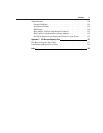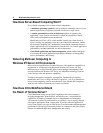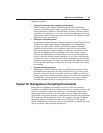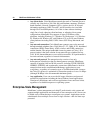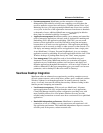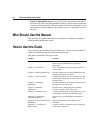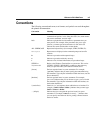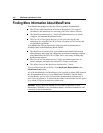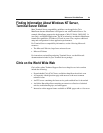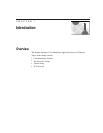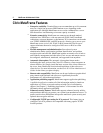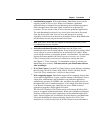
:HOFRPHWR&LWUL[0HWD)UDPH [YLL
&RQYHQWLRQV
The following conventional terms, text formats, and symbols are used throughout
the printed documentation:
Convention Meaning
Bold Indicates boxes and buttons, column headings, command-line
commands and options, icons, dialog box titles, lists, menu names,
tabs, menu commands, and user input.
Italic Indicates a placeholder for information or parameters that you
must provide. For example, if the procedure asks you to type
filename, you must type the actual name of a file. Italic also
indicates new terms and the titles of other books.
ALL UPPERCASE Represents keyboard keys (for example, CTRL, ENTER, F2).
Monospace Represents text displayed at the command prompt and text file
contents.
à Indicates a procedure with sequential steps.
•
Indicates a procedure with only one step.
u
Indicates a list of related information, not procedural steps.
WTSRV or
%systemroot%
Refers to the Windows Terminal Server system tree. This can be
\WTSRV, \WINNT, \WINDOWS, or whatever other directory
name you specified when you installed Terminal Server.
{braces} Encloses required items in syntax statements. For example,
{ yes | no } indicates that you must specify yes or no when using
the command. Type only the information within the braces, not the
braces themselves.
[brackets] Encloses optional items in syntax statements. For example,
[password] indicates that you can choose to type a password with
the command. Type only the information within the brackets, not
the brackets themselves.
| (vertical bar) Stands for “or” and separates items within braces or brackets. For
example, { /hold | /release | /delete } indicates that you must type
/hold or /release or /delete.
… (ellipsis) Indicates that you can repeat the previous item(s) in syntax
statements. For example, /route:devicename[,…] indicates that
you can specify more than one device, putting commas between
the device names.



